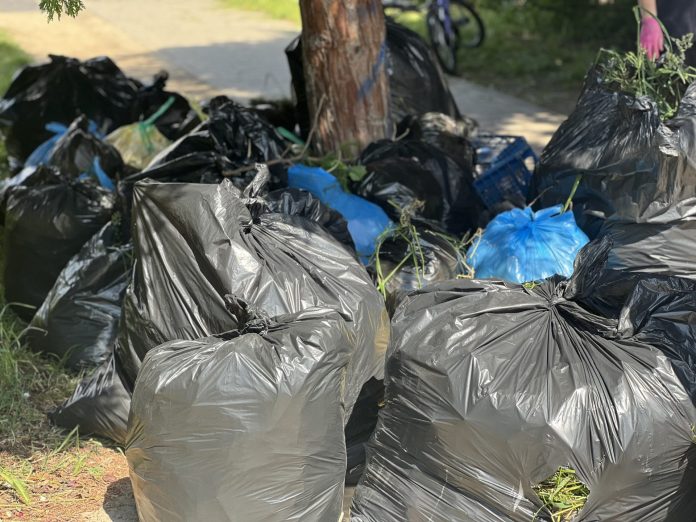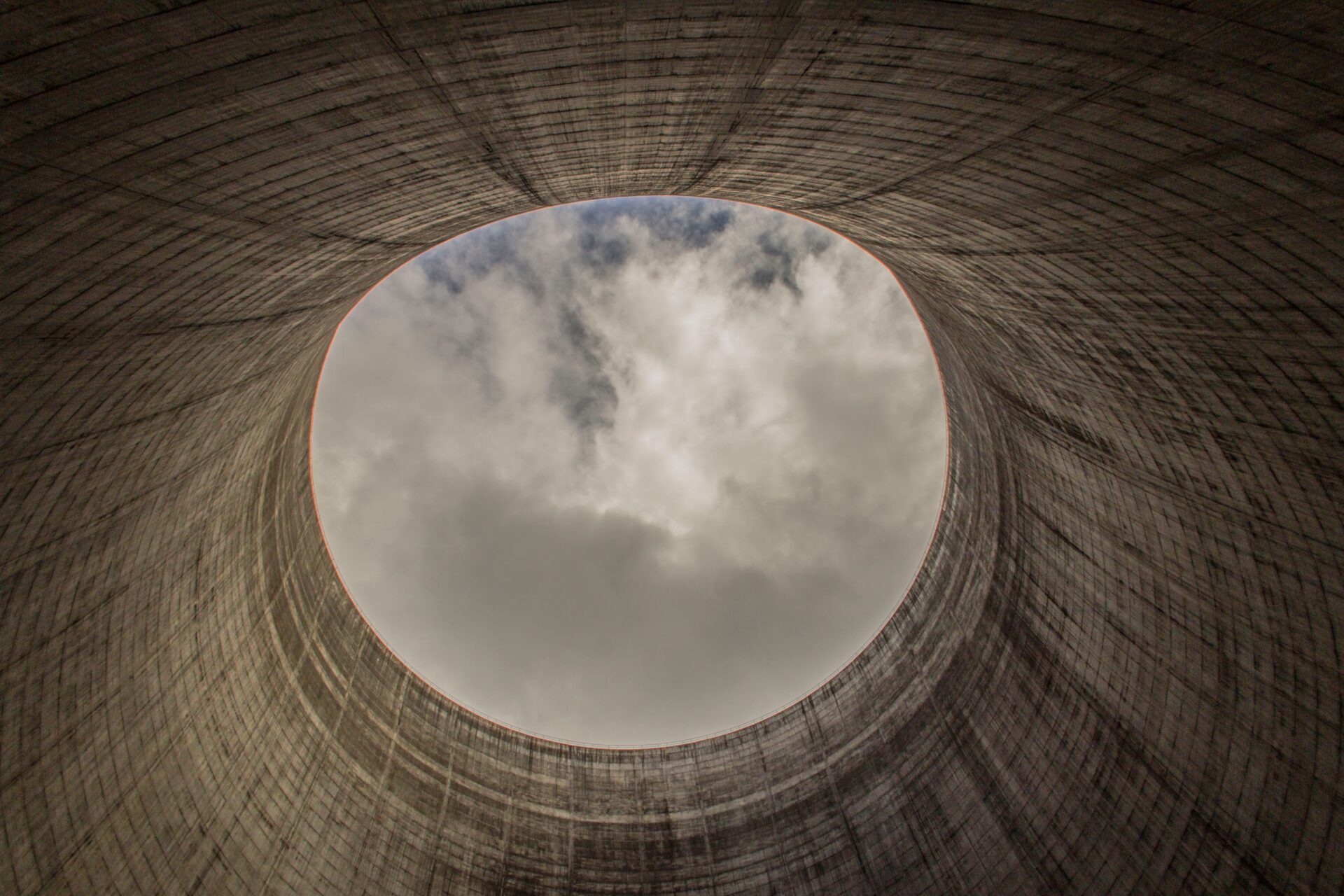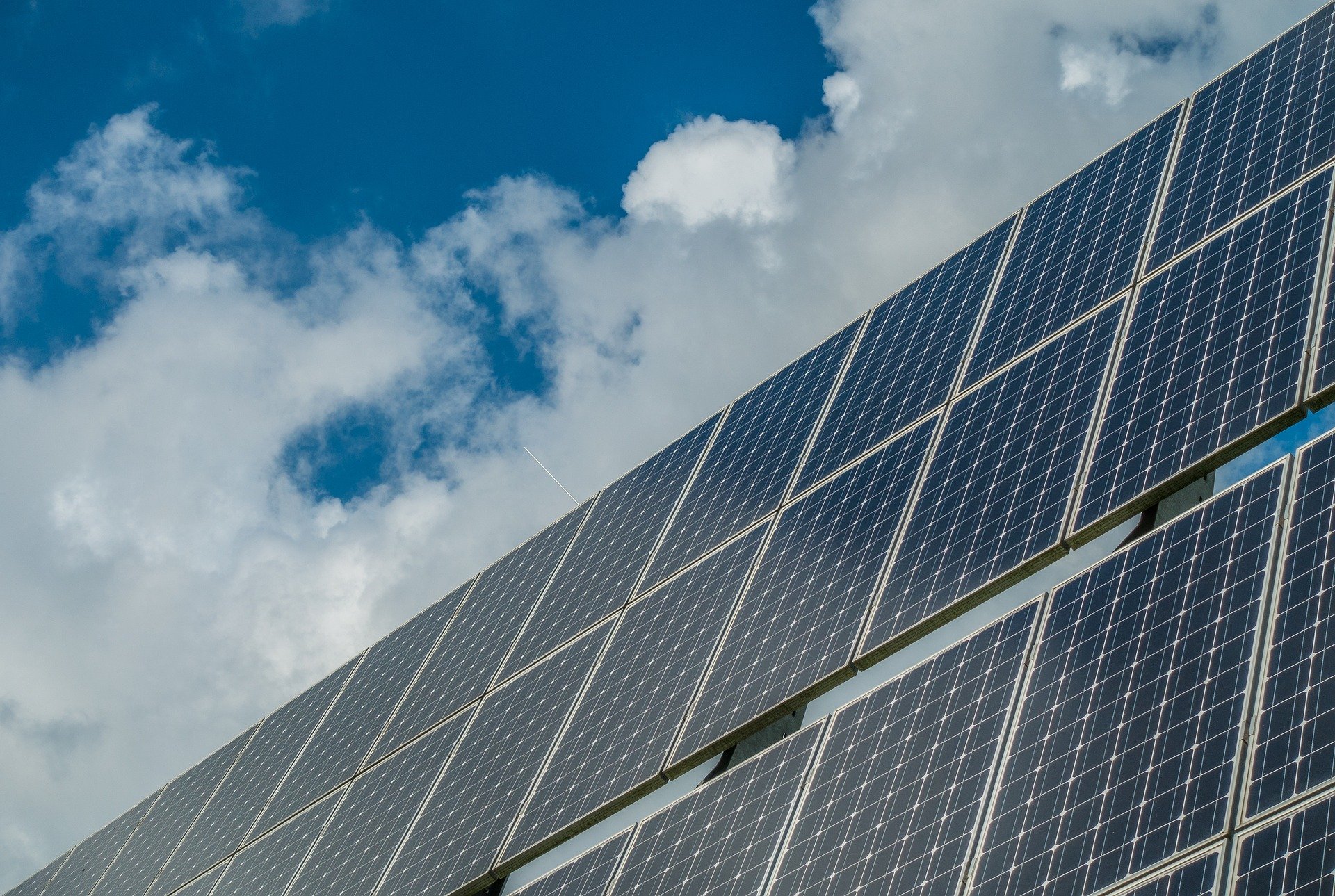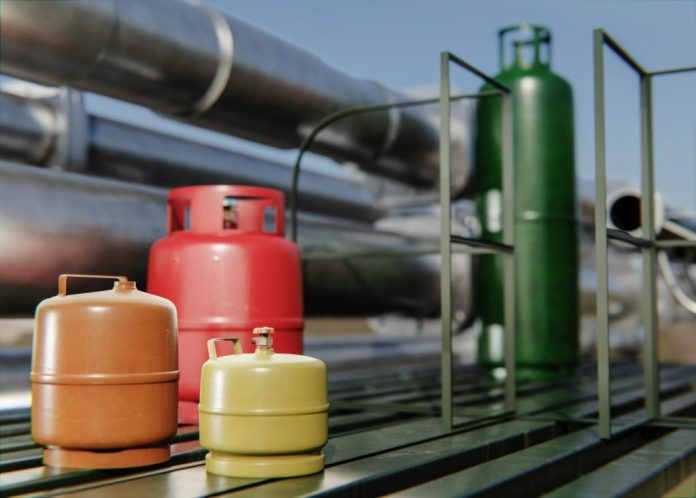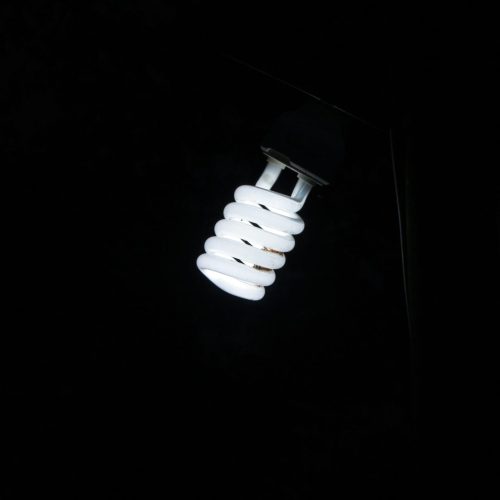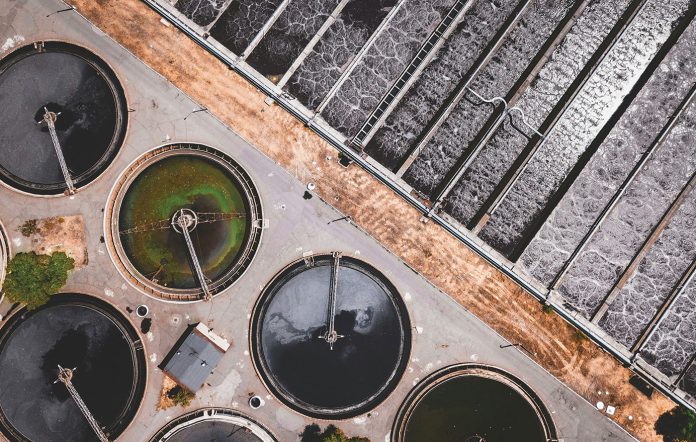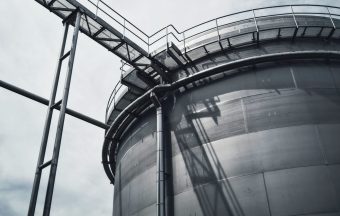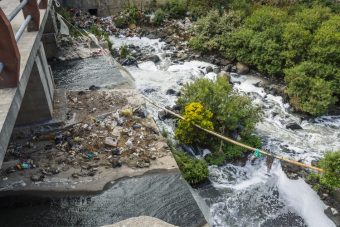Recently, we celebrated May 1st – International Workers’ Day – a holiday that many traditionally spend in nature, enjoying barbecues, socializing, and relaxing. However, these gatherings often leave behind waste that mars the beauty of our natural environment. This past weekend, people across Serbia once again spent time outdoors – but this time with a different goal: to clean up the waste we generate every day.
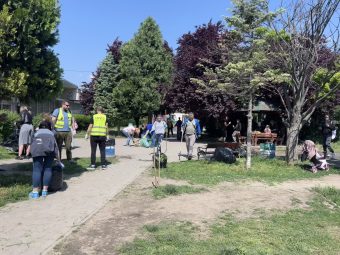
Organized or independently, diligent hands were active at numerous locations. The initiative ”Roll Up Your Sleeves” helped coordinate clean-up efforts on May 11 at 399 locations in 158 cities and towns. From Palić, Sombor, Kikinda, Bečej, and Zrenjanin, through Novi Sad, Belgrade and its suburbs, to Smederevska Palanka, Topola, Gornji Milanovac, Čačak, Arilje, Kraljevo, Niš, and Vlasotince – these are just some of the participating areas. According to data published on the official “Roll Up Your Sleeves” page, over 20,000 bags of waste were collected.
In Belgrade alone, more than 140 locations were included. The weekend campaign connected participants and inspired long-term thinking – with the hope that such actions will not be isolated events, but part of a daily routine that people will continue to shape themselves.
A positive example comes from Smederevska Palanka, where residents cleaned two streets, multiple green areas, sports fields, and a children’s playground in the Kolonija neighborhood. A group of citizens, organizing under the slogan ”Let’s Clean Kolonija”, has been cleaning the neighborhood every weekend for the past month. This time, several new volunteers joined them thanks to the ”Roll Up Your Sleeves” campaign. One of the participants, Valentina Talijan, said that although they’ve managed to eliminate several long-standing illegal dumps, waste keeps reappearing – which is why their goal is to reach institutions and address the causes, not just the consequences.
More:
- Learning Under the Canopy: Belgraders Attend Tree Workshop by the Danube
- Planned Construction of a 250 MW Wind Farm Near Aleksinac
- Postponement of Sanctions on Naftna Industrija Srbije for 30 Days
”We also prepared guidelines for our fellow residents on how to properly dispose of waste to help keep the neighborhood clean – we’ll be implementing this action in the coming weeks”, she added.

A similar spirit was seen in Zemun Polje, where during the campaign, residents spontaneously started discussing future steps to tackle ecological and other local issues – showing that the will is there; it just needs to be activated. As they pointed out, their neighborhood is significantly more polluted than it used to be, and they want to restore the cleanliness and beauty they remember from childhood. Still, for long-term solutions, they emphasize the need for institutional support. In addition to collecting waste, locals cleaned and revitalized the central playground and park – mowing the grass, trimming bushes, and uncovering overgrown benches to make the space pleasant again. The youngest volunteers also contributed by planting flowers.
In the past few days, other cleanup initiatives took place, such as the removal of illegal dumps and the maintenance of picnic areas. Bajina Bašta began preparations for the summer season by organizing activities to tidy up recreational spots across the municipality. Supported by the local government, public utilities, and institutions, major actions were also launched to clean illegal dumps. In Sombor, the public utility company “Čistoća” continued the removal of smaller illegal dumps.
The collective efforts of citizens and organizations across Serbia show that caring for the environment is more than an individual task – it is a shared responsibility that we must continue to build through concrete actions and long-term change.
Energy portal


